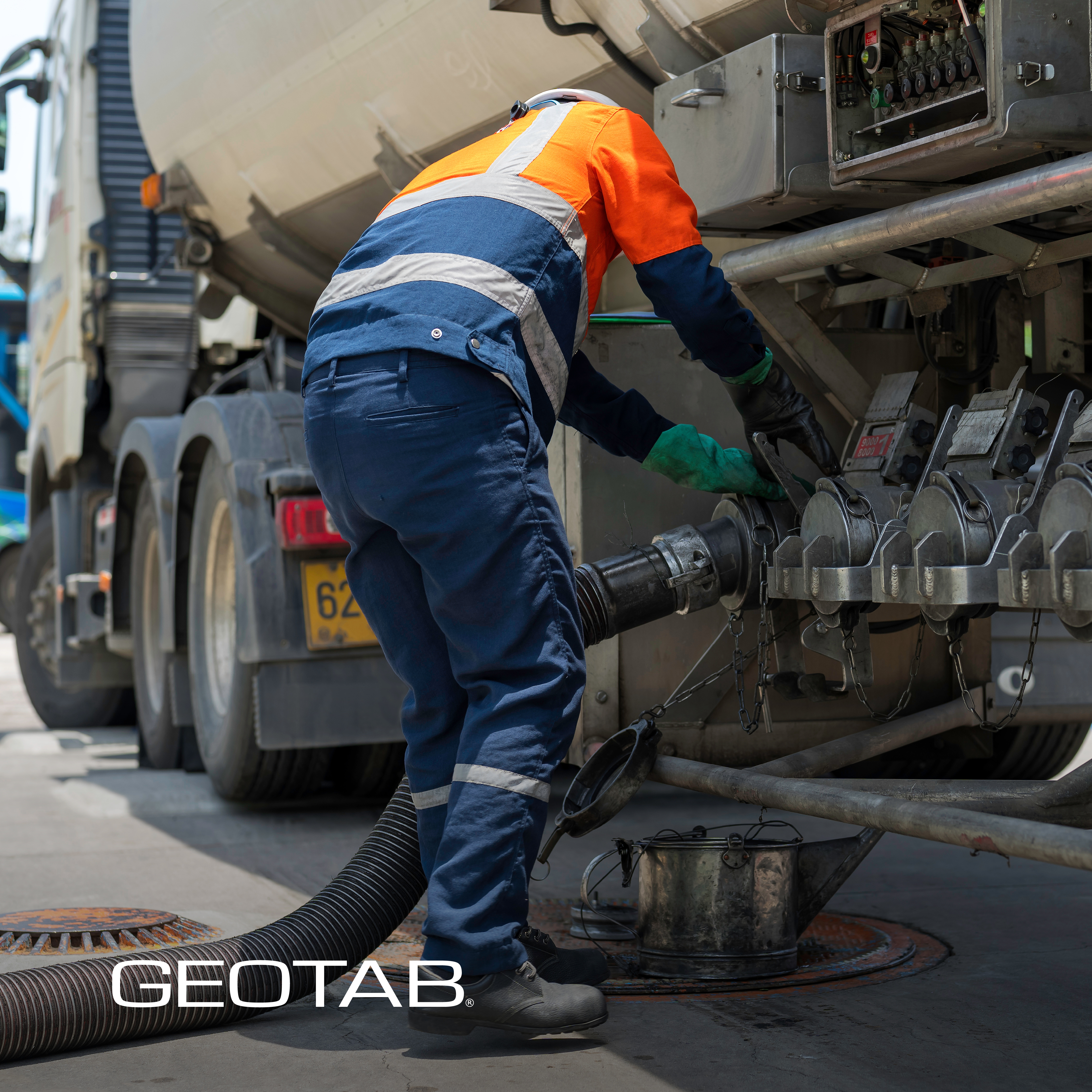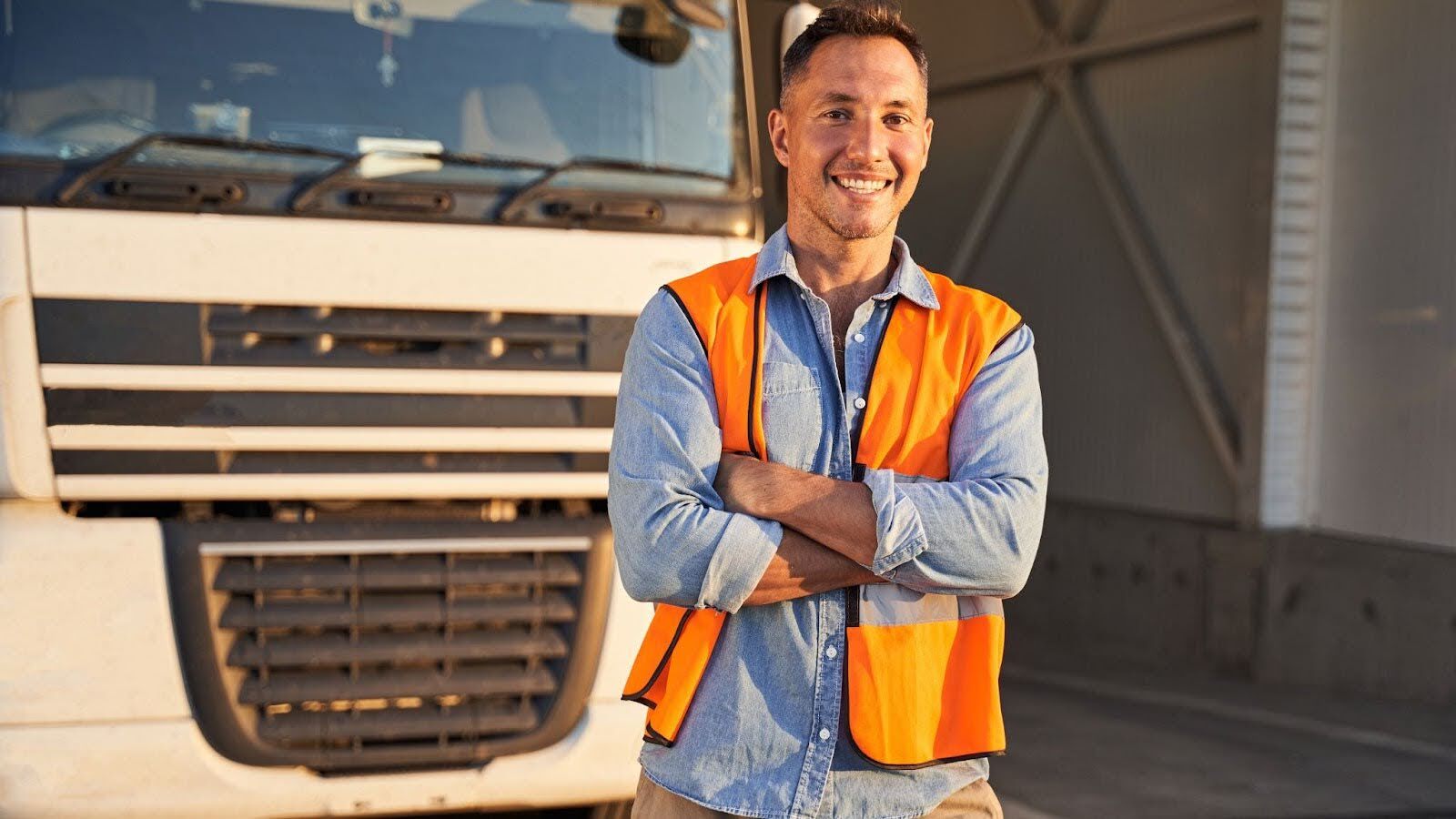Dash cams vs. all-in-one video telematics: the difference and why choose an all-in-one solution
An all-in-one video telematics solution is a step up from a traditional dashcam. It uses AI to detect and prevent risky driving behaviors in real time and provides a comprehensive, proactive approach to fleet safety.
Nov 19, 2025
Key Insights
- All-in-one video telematics combines high-definition camera footage with real-time data from sensors, GPS, and vehicle diagnostics.
- All-in-one solutions use AI to detect risky behaviors, providing immediate, in-cab alerts to help prevent accidents.
- These integrated systems streamline operations and reduce costs by making it easier to manage incidents, exonerate drivers in false claims, and provide targeted coaching.
For modern fleet management, an all-in-one dashcam solution is a critical upgrade, transforming a basic recording device into a proactive safety system. It combines high-definition video with real-time data from sensors and GPS to actively detect and analyse risky behaviors, helping to prevent accidents, streamline incident management, and empower effective driver coaching.
What are traditional dash cams?
Traditional dash cams are standalone cameras mounted on a vehicle's dashboard or windshield. Their primary job is to record video footage, often in a loop, capturing what's happening on the road ahead (and sometimes inside the cab). They're great for basic evidence collection after an incident - think of them as a "black box" for your vehicle.
Many consumer-grade models are affordable and easy to install, providing HD video, night vision, and sometimes GPS stamping.
However, they're limited. Most traditional dash cams focus solely on recording and storage, without analysis or integration. You might have to manually review hours of footage to find relevant clips, and they don't provide real-time insights. In a fleet context, this means they are useful for post-event review, but not for preventing issues in the moment.
What Is all-in-one video telematics?
All-in-one video telematics takes things to the next level by combining advanced dash cam hardware with telematics technology. This isn't just about recording video - t's an integrated system that fuses high-definition footage with real-time data from sensors, GPS, accelerometers and vehicle diagnostics.
AI plays a starring role here, analysing behavior to detect risks like distracted driving, tailgating, harsh braking or fatigue.
Everything works seamlessly together: video capture, data processing, cloud storage and analytics all in a single platform. When something happens (like a sudden stop), the system doesn't just save the clip, t overlays contextual data such as speed, location and g-forces. Real-time alerts can notify drivers and managers instantly, often with in-cab audio cues to encourage immediate corrections.
Key differences at a glance
While both technologies involve cameras, the gap between them is significant for commercial fleets.
- Integration and data depth: Traditional dash cams operate in isolation, offering video-only evidence. All-in-one solutions integrate with telematics for richer context, by combining footage with metrics like vehicle speed, location and engine data.
- Intelligence and AI: Basic dash cams record passively. All-in-one systems use AI to actively detect and categorise risky behaviors in real time. Sophisticated AI systems can accurately identify risks while minimising distracting false positives.
- Real-time capabilities: With a standalone dash cam, feedback comes after the fact. All-in-one video telematics provides immediate alerts and in-cab coaching, helping prevent accidents. .
- Scalability and efficiency: Managing data from individual dash cams across a fleet can be cumbersome. An all-in-one platform streamlines everything into one dashboard, saving time and reducing complexity.
In short, a dash cam is like a basic security camera, while all-in-one video telematics is a smart security system with alarms, analytics and automation.
Why choose an all-in-one solution?
For fleet management, going all-in-one is a game-changer. Here's why:
- Superior safety outcomes: Real-time AI detection and alerts help drivers self-correct, leading to fewer accidents. Fleets using integrated video telematics see significant reductions in collision rates. This proactive approach protects your team and reduces vehicle downtime.
- Streamlined incident management: When disputes arise, video alone might not tell the full story. All-in-one systems provide additional evidence with contextual data, speeding up insurance claims, exonerating innocent drivers, and cutting legal costs.
- Effective driver coaching: Personaliszed insights from AI analysis enable targeted coaching, fostering a culture of accountability and improvement. Features like gamification and rewards programs can motivate safer driving, boosting morale and retention.
The final word
A growing regulatory burden and the increasing cost of insurance are driving a more focused approach to safety among fleet managers. Moving from reactive evidence collection to proactive safety management is essential. While traditional dash cams can be useful, all-in-one video telematics offers a comprehensive, intelligent system that protects your drivers, your assets and your bottom line. It's not just an upgrade in technology—it's an investment in a safer, smarter and more efficient fleet.
The Geotab advantage
Understanding the difference is the first step. The next is choosing a partner that delivers on the promise of an all-in-one solution.
At Geotab, our Go Focus Plus camera system is engineered with industry-leading AI to provide high-accuracy event detection with a very low rate of false positives. We transform driver coaching with our Geotab Vitality program, which incentiviszes safe habits through personaliszed goals, progress tracking, and redeemable rewards.
Ready to see how an all-in-one solution can transform your fleet's safety and efficiency?
Related posts

Fuel efficiency techniques every transport operator should know
December 2, 2025
3 minute read

9 strategies to increase fleet fuel efficiency and lower fuel costs
November 28, 2025
3 minute read


How AI dash cams for fleets stop distracted driving and deliver true safety gains
September 29, 2025
5 minute read

.jpeg)